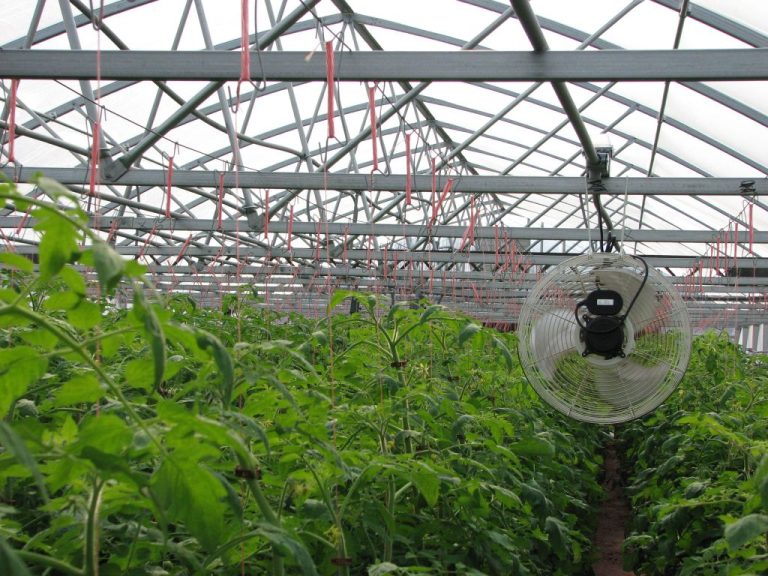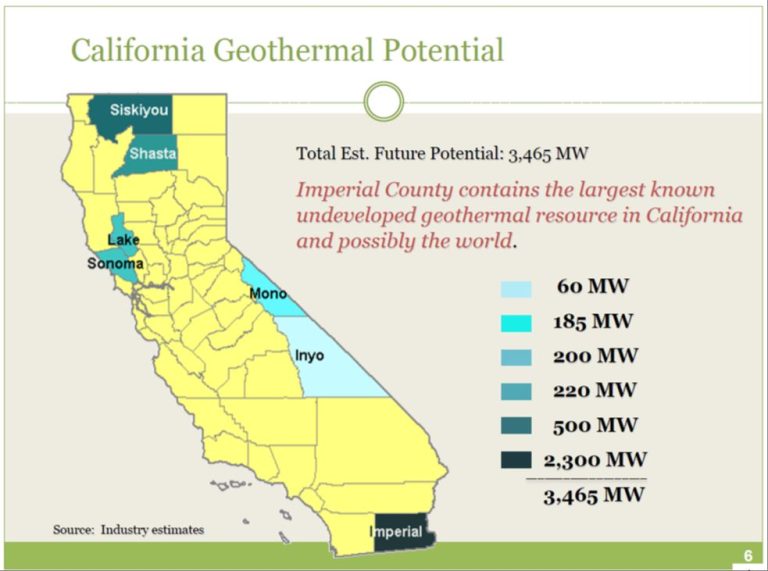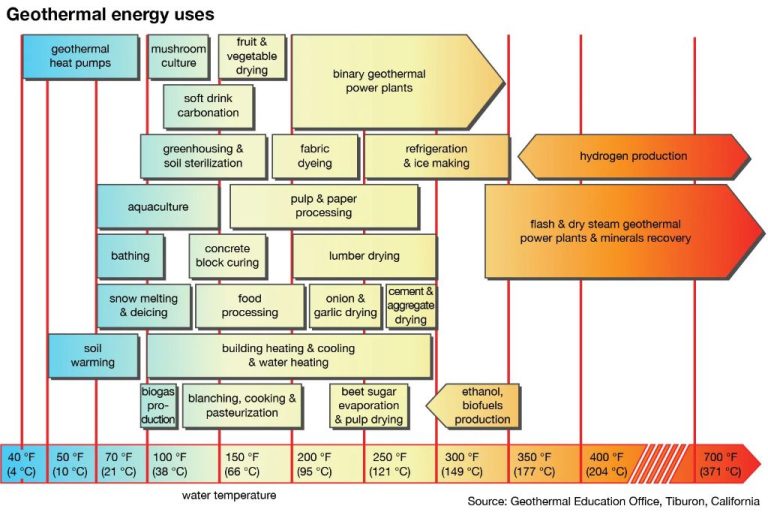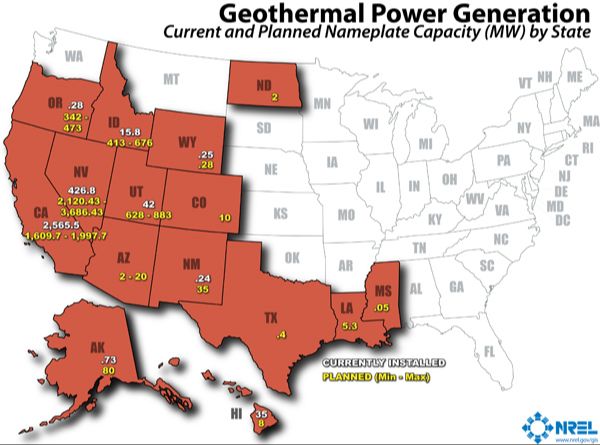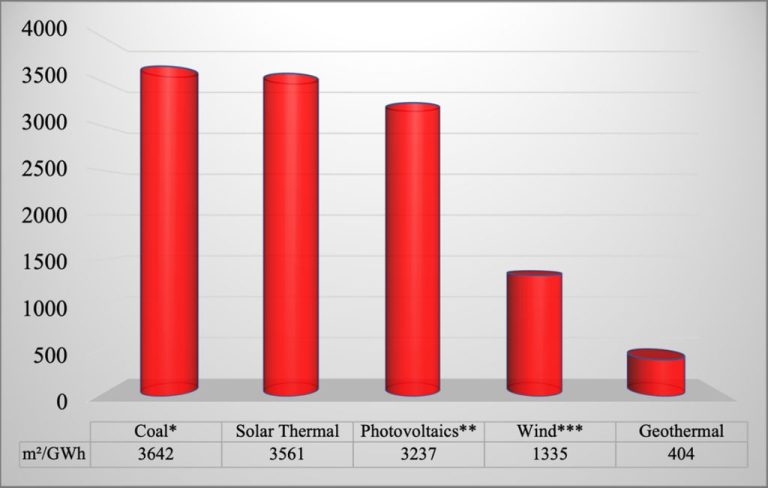How Much Land Do You Need For A Geothermal Heat Pump?
Geothermal heat pumps, also known as ground source heat pumps, are an energy efficient method of heating and cooling homes and buildings. They work by transferring heat between the building and the ground, which acts as a thermal battery and stays at a constant temperature year-round. This allows geothermal systems to be up to 4 times more efficient than conventional systems (https://www.energy.gov/energysaver/geothermal-heat-pumps).
A geothermal heat pump system consists of a heat pump unit located inside the home, and a ground loop system of pipes buried in the shallow ground near the building. The pipes contain a water and antifreeze solution. In winter, the solution absorbs heat from the Earth and carries it to the heat pump unit, which concentrates the heat and transfers it to the home’s air or water heating system. In summer, the process is reversed – heat is extracted from the home and transferred to the ground loop system, providing cooling (https://www.energy.gov/eere/geothermal/geothermal-heat-pumps). This allows efficient heating and cooling all year round.
Typical Geothermal System Layout
The two main types of geothermal heat pump systems are vertical loop and horizontal loop systems. Both use underground pipes called loops to move heat between the ground and the heat pump unit.
In a vertical system, the loops are installed vertically in boreholes ranging from 150 to 400 feet deep. Multiple boreholes with loop piping are drilled around the home to form the loop field. According to the Department of Energy, vertical systems require less land space per ton of heating/cooling capacity than horizontal systems.
Horizontal systems use loops buried 4 to 6 feet beneath the ground horizontally in a loop field. Horizontal loops require more land space and piping since they are not as deep underground. Horizontal loops are typically cheaper to install but may require larger property lots.
According to Vittheating.com, horizontal loops are better suited for new construction where land is already being dug up while vertical loops can be installed on existing properties without major land disruption.1
Factors That Determine Land Needed
The amount of land needed for a geothermal heat pump system depends on several key factors:
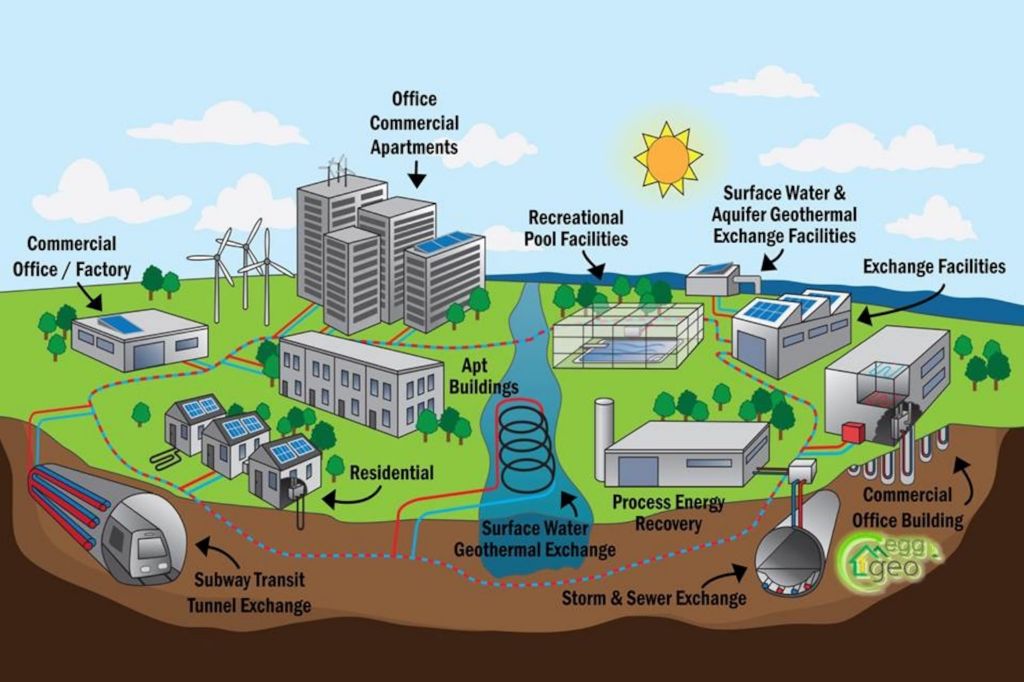
Home Size – Larger homes with more space to heat and cool will require larger geothermal systems and more loop piping in the ground. Consult a sizing calculator to determine system size based on home square footage and heating/cooling needs [1].
Climate – Colder climates require more underground piping and larger loops to provide enough heating, while hotter climates need sufficient loops to meet higher cooling demands. The system must be sized appropriately for local climate conditions [2].
Soil – Soil composition impacts heat transfer efficiency. Dense, wet soil transfers heat better than dry, loose soil. The required loop length depends partly on the soil’s thermal conductivity. Soil testing helps determine ideal loop types and layout [3].
Loop Type – Vertical loops require less surface space but deeper drilling, while horizontal loops need more land area but less drilling depth. The loop style also determines land space needed.
Land Needed for Vertical Loops
A vertical ground loop consists of plastic pipes placed vertically in boreholes drilled 200-500 feet into the ground. The number and depth of boreholes depends on the heating/cooling requirements of the home.
According to Dandelion Energy, most homes require between 1-6 boreholes for a vertical ground loop system (source). Each borehole is typically 4-6 inches in diameter. The boreholes need to be spaced 15-20 feet apart to avoid thermal interference.
So for a typical home requiring 3-4 boreholes at 300 feet depth and spaced 20 feet apart, the land area needed would be about 400-600 square feet. With multiple boreholes, the land area increases but is still relatively compact compared to horizontal loops.
The vertical loop configuration allows for installation even in smaller lots or yards. It’s also less prone to surface disturbances since the loops are much deeper underground.
Land Needed for Horizontal Loops
Horizontal loops require more land area than vertical loops, but typically less digging depth. The piping is installed in long trenches that are dug 3 to 6 feet deep. The total trench length required depends on factors like climate, soil type, and heating/cooling needs.
As a general guideline, the horizontal loop length should be about 1.5 times the square footage of the home it will be heating and cooling. So for a 2,000 square foot home, the loop length would need to be around 3,000 linear feet (2,000 * 1.5). This would require a land area of about 600 feet long by 10 feet wide for a single loop.
The amount of land space needed per linear foot of loop will vary based on the spacing between trenches and piping. Typical spacing is 4 to 6 feet between trenches, with 1 to 2 feet between pipes in the trench. Wider spacing may be required in rocky areas. More than one loop can be installed to get the required length if space is limited [1].
In general, a minimum of a half acre of land is recommended for horizontal loops for residential installations. Larger homes or less ideal soil conditions may need 1 acre or more of available land [2].
[1] https://dandelionenergy.com/resources/horizontal-ground-loop
[2] https://vittheating.com/horizontal-loop-vs-vertical-loop/
Smaller Lots and Geothermal
For homes on smaller lots, there are a few options to make geothermal heat pumps feasible:
Shared Loops – Neighboring properties can share a loop field, splitting the cost of installation. According to 123zeroenergy.com, “Shared geothermal loops are commonly installed between two homes that are built close together.” Proper planning and legal agreements are needed for shared loops.
Vertical Loops – Vertical loops require less horizontal space since the pipes are drilled vertically underground. According to Old House Online, “Vertical loops are drilled 100 to 400 feet deep using a sequencing process that pounds pipe into the ground.” Vertical drilling rigs are brought onsite for installation.
Pond Loops – Coils can be installed underwater along the bottom of a pond or lake if available. This takes advantage of water’s natural geothermal properties. Per Old House Online, “If there’s a body of water on or near your property, pond loops can be 50 percent cheaper to install than a typical ground loop.”
Estimating Your Land Needs
Using online geothermal system design and loop field calculators can help provide an estimate of how much land you may need for a geothermal system. These free tools allow you to input details like your location, home size, and heating/cooling requirements to calculate the recommended loop field size.
For example, the GeoDesigner 3D Geothermal Heat Pump System Design Software from Carrier allows you to model horizontal loops, vertical wells, slinky loops, and more to fit your available land space [1]. You can adjust the number of trenches, boreholes, and loop spacing to optimize the design.
Other free online geothermal calculators like the ones from WaterFurnace International and ClimateMaster can estimate the number of vertical bores or the horizontal loop length needed after entering your home’s information [2].
While these online tools provide estimates, it’s recommended to consult with a certified geothermal installer to assess your specific property and land requirements to design the ideal custom geothermal system.
Installing Loops Under Existing Landscaping
One advantage of geothermal heat pump systems is that they can be installed under existing landscaping with minimal disturbance. Horizontal loops are often dug using a backhoe or small excavator and require trenches just 4-6 feet deep. The loops can be buried under lawns, gardens, patios, or other existing features.
For vertical loops, only a small bore hole around 4-6 inches wide is required at each site. These slim bore holes fit between existing plants and trees with little landscape impact. According to one source, “When you have a vertical loop geothermal system installed in your yard, the work needed in your landscaping is minimal.” (https://bass-air.com/2020/09/21/will-geothermal-hvac-installation-ruin-yard/)
With minimal digging and trenching required, installing geothermal loops under existing landscaping is often possible. Careful planning of loop placement can help avoid disturbing valued or sensitive landscape features.
Efficiency and Cost Comparisons
Geothermal heat pumps are more efficient and cost-effective than traditional heating and cooling systems. According to the Angi, geothermal systems can reduce energy use by up to 60% compared to traditional systems. This results in significant cost savings over time that make the higher upfront costs worthwhile.
The EPA states that geothermal systems can save homeowners 30-70% on heating costs and 20-50% on cooling costs compared to conventional systems. They estimate the average household can save around $500 per year on utilities with geothermal. The systems also last much longer, with an estimated lifespan of 25 years for the heat pump and 50+ years for the underground loops.
While geothermal systems have higher upfront installation costs, averaging $8,000-$24,000, the energy savings mean the system pays for itself in 3-10 years on average. The 30% federal tax credit available for geothermal installation also helps offset the initial investment.
Overall, geothermal systems provide better comfort and performance than conventional systems, with greatly reduced operating costs over their lifetime that make them a smart and efficient choice for many homeowners.
Conclusion
Geothermal heat pumps offer efficiency advantages over conventional HVAC systems, but require land area for the underground loops. For a typical residential system, you’ll need at least 1/4 acre for vertical loops, and 1-1.5 acres for horizontal loops. However, those needs can vary significantly based on your climate, soil type, loop field design, and system size. Smaller lots may require going vertical or using alternative loop designs. Work closely with an experienced geothermal installer to estimate how much land you’ll need on your property for an efficient system. While geothermal is an investment, the long-term energy savings compared to fossil fuel systems make it worthwhile for many homeowners.

